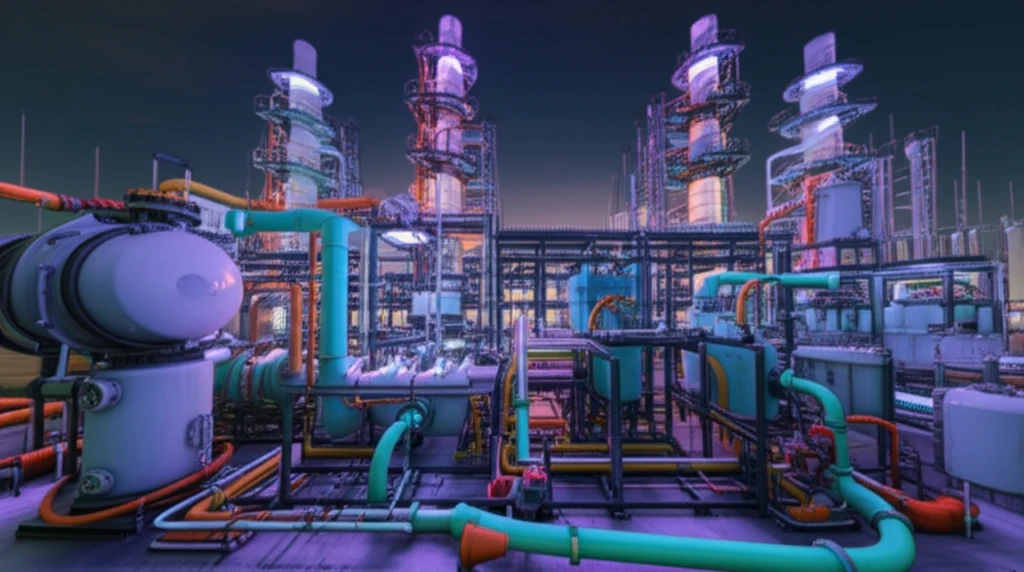
Beyond the Barrel: Innovative Chemical Recycling Transforms the Future of Plastics
"Discover how cutting-edge chemical recycling methods are revolutionizing the plastics industry, turning waste into valuable resources and paving the way for a sustainable future."
In a world grappling with the escalating crisis of plastic waste, innovative solutions are emerging to redefine how we manage and utilize this ubiquitous material. Chemical recycling, a cutting-edge approach that breaks down plastics into their original building blocks, is gaining momentum as a viable alternative to traditional mechanical recycling and landfill disposal. This method not only addresses the environmental concerns associated with plastic waste but also unlocks new economic opportunities by transforming discarded materials into valuable resources.
Unlike mechanical recycling, which is limited by the type and quality of plastics it can process, chemical recycling can handle a wider range of plastics, including those that are contaminated or mixed. This opens up the possibility of recycling plastics that would otherwise end up in landfills or incinerators, reducing pollution and conserving resources. As companies invest in and scale up chemical recycling technologies, the potential for a truly circular economy for plastics becomes increasingly tangible.
This article delves into the latest developments in chemical recycling, highlighting the key players, technologies, and potential benefits of this transformative approach. By exploring real-world examples and analyzing the environmental and economic implications, we aim to provide a comprehensive understanding of how chemical recycling is poised to revolutionize the plastics industry and create a more sustainable future.
How Chemical Recycling Works: Turning Trash into Treasure

Chemical recycling, also known as advanced recycling, encompasses a range of technologies that break down plastic polymers into their constituent monomers or other valuable feedstocks. These building blocks can then be used to create new plastics, fuels, or other chemical products, effectively closing the loop on plastic waste. Several different chemical recycling methods are currently being developed and deployed, each with its own advantages and limitations.
- Pyrolysis: This process involves heating plastic waste in the absence of oxygen, breaking it down into a mixture of gases, liquids, and solids. The resulting oil can be further refined into fuels or used as a feedstock for new plastics.
- Depolymerization: This method uses chemical reactions to break down specific types of plastics, such as polyethylene terephthalate (PET), into their original monomers. These monomers can then be purified and repolymerized to create virgin-quality plastic.
- Gasification: This process converts plastic waste into syngas, a mixture of carbon monoxide and hydrogen. Syngas can be used to produce fuels, chemicals, or electricity.
The Future of Plastics: A Sustainable and Circular Approach
Chemical recycling represents a paradigm shift in how we manage plastic waste. By transforming discarded plastics into valuable resources, this technology not only addresses environmental concerns but also creates new economic opportunities and promotes a more sustainable future. As investment in chemical recycling continues to grow and technologies mature, the potential for a truly circular economy for plastics becomes increasingly within reach. With collaborative efforts from industry, government, and consumers, we can unlock the full potential of chemical recycling and create a world where plastic waste is no longer a problem, but a valuable resource.
